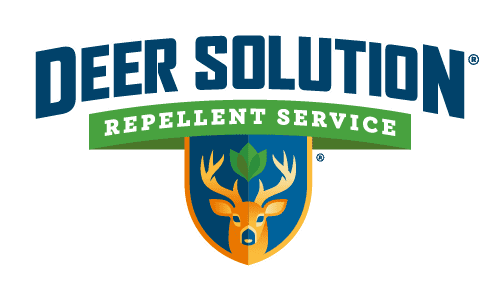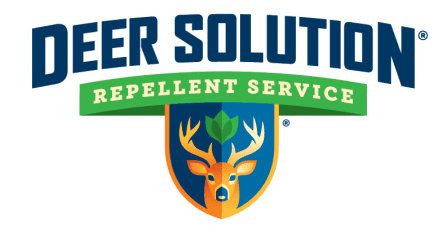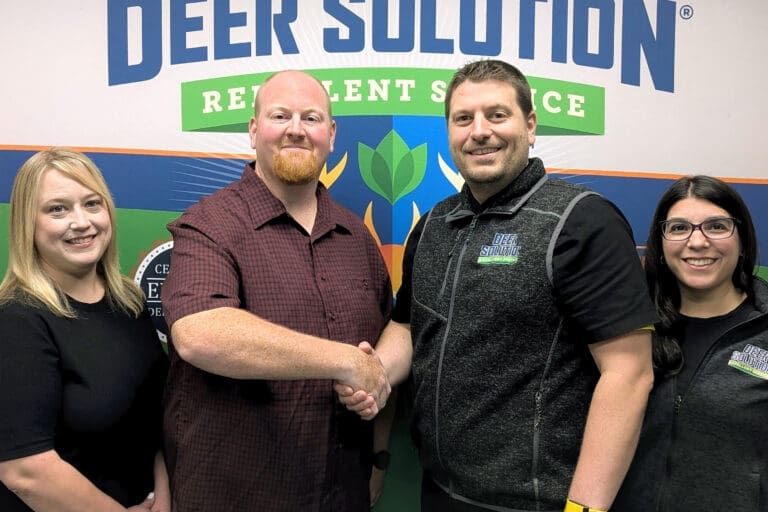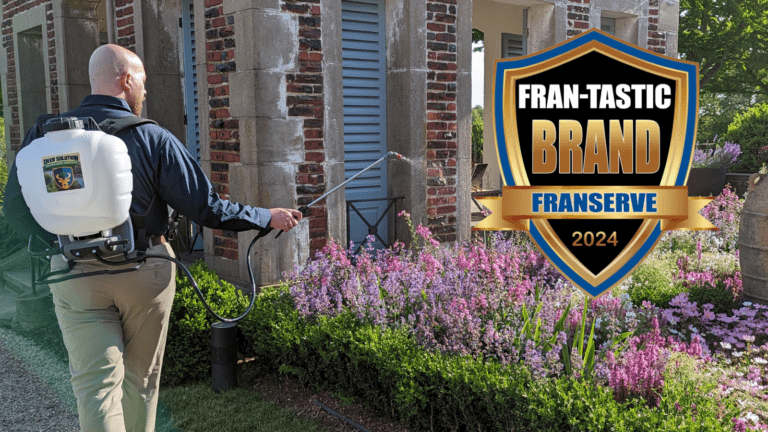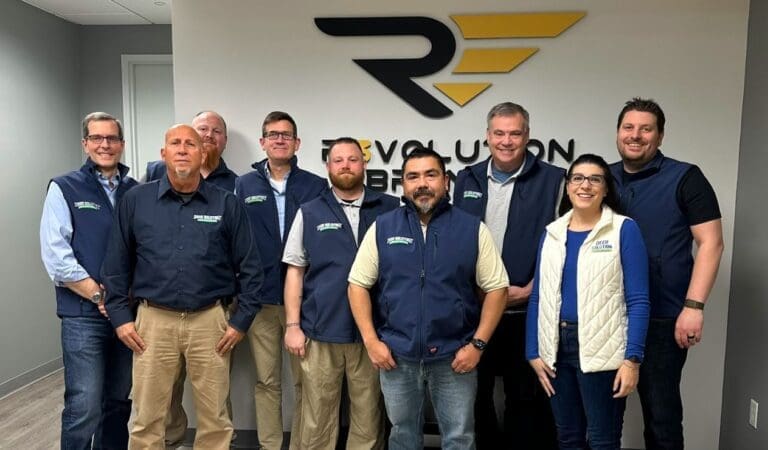In the heart of Georgia, Glascock County stands as a testament to the state’s natural beauty and agricultural prowess. However, this idyllic setting is currently facing an ecological quandary that threatens its verdant landscapes and bountiful harvests.
The burgeoning deer population, while a hallmark of the county’s rich biodiversity, has become a source of concern for residents and farmers alike, as these graceful creatures increasingly encroach on human habitats and agricultural domains.
The Struggle for Survival: Trees vs. Deer
The lush forests and expansive gardens of Glascock County are under siege by deer, leading many to ponder, “Can trees recover from deer damage?” This question is at the forefront of environmental discussions in the county, as deer tend to damage trees by stripping bark, nibbling on leaves, and breaking branches.
The ability of trees to recover from such encounters varies, with younger trees being particularly vulnerable due to their tender exteriors. Mature trees may withstand occasional visits, but consistent damage can lead to long-term health issues, stunted growth, and even death.
Agriculture at a Crossroads: The Need for Deer Garden Protection
Agriculture, the backbone of Glascock County’s economy, is also feeling the pressure from the local deer population. Fields of soybeans, corn, and other crops have suffered extensive damage, leading to financial losses and concerns over food security.
This situation has underscored the critical need for effective deer garden protection strategies that can safeguard the fruits of farmers’ labor while maintaining the natural charm of the county’s landscapes.
Innovative Solutions and Community Efforts
The community has rallied to address these challenges, employing a mix of traditional and modern methods to protect their green spaces. Fencing, while effective, can be prohibitively expensive for larger areas, prompting residents to explore alternative solutions like repellents, the cultivation of deer-resistant plants, and community-led wildlife management initiatives.
These efforts are aimed at fostering a harmonious coexistence between humans and deer, ensuring the sustainability of both natural and cultivated environments in Glascock County.
The Bigger Picture: Human-Wildlife Coexistence
The situation in Glascock County is a microcosm of the global challenge of balancing human activity with wildlife conservation. As urban areas expand and natural habitats contract, encounters between humans and wildlife are becoming more common, necessitating innovative approaches to ensure the well-being of all parties involved.
The Agricultural Conundrum: Safeguarding Crops from Deer Intrusion
The agricultural domain of Glascock County, the cornerstone of its economy, is confronting the repercussions of the deer population surge with increasing alarm. The impact is most palpable in the widespread destruction of crops, a scenario that translates into substantial economic losses for local farmers.
The once-verdant fields of soybeans, corn, and a plethora of other crops now bear the scars of deer feasting, with significant portions rendered barren in the aftermath. This grim reality accentuates the urgency of devising and implementing robust deer garden protection strategies to shield the agricultural bounty of Glascock County from these unintended predators.
Fostering Coexistence: Innovative Approaches to Wildlife Management
The community of Glascock County is at the forefront of addressing the challenges posed by the burgeoning deer population. In their quest to mitigate the adverse effects on local flora and agriculture, residents are exploring a blend of conventional and innovative strategies.
While fencing remains a reliable deterrent, its application is often limited by economic considerations, especially for larger tracts of land.
In response, the community is turning to alternative solutions that include the application of repellents, the strategic planting of deer-resistant flora, and the initiation of collaborative wildlife management programs. These endeavors are not merely about protecting the county’s green spaces and agricultural interests; they are about crafting a sustainable model of coexistence that respects the needs and boundaries of all inhabitants—human and animal alike.
A Global Reflection: The Essence of Human-Wildlife Harmony
The challenges faced by Glascock County mirror a global dilemma—the quest for a sustainable equilibrium between human expansion and wildlife conservation. The interaction between humans and deer in this Georgian county exemplifies the broader challenges of managing wildlife in proximity to human habitats.
As urbanization encroaches upon natural landscapes, such interactions are poised to become more frequent and complex, necessitating a thoughtful and adaptive approach to wildlife management.
